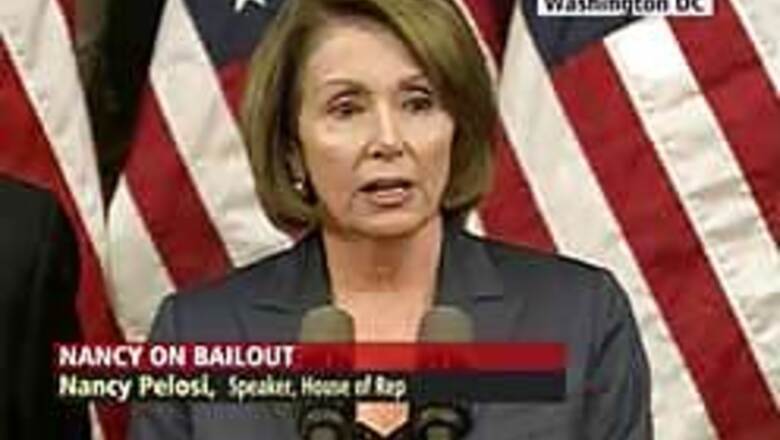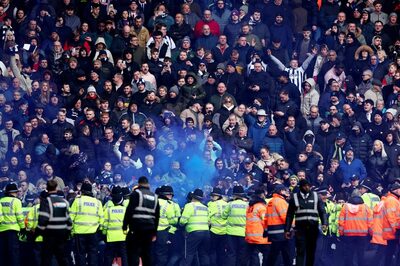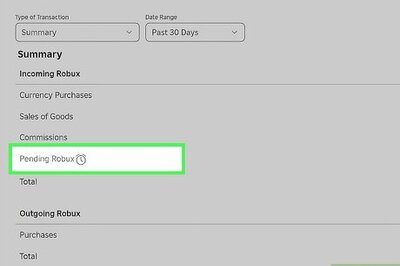
views
Washington: Lawmakers reached a politically tricky deal on Sunday on a sweeping $700 billion US dollar bailout for the financial industry, paving the way for enactment of the most significant government intervention in markets since the Great Depression.
The rescue plan, a bitter pill for lawmakers and presidential candidates in both parties, gives the Bush administration broad power to pump taxpayer money into beleaguered financial firms that are starving for cash, in hopes of averting full-blown economic meltdown.
Speaking after the deal was reached Senator Judd Gregg, the chief Senate Republican in the talks said the current economic crisis was on a scale that had never been seen before and made the White House's action "absolutely necessary".
"The downside of not doing this is potentially such a catastrophe for our nation that we don't even want to think about it," Gregg said.
Flexing its political muscle with elections just over five weeks away, Congress insisted on a package that gives lawmakers a stronger hand in controlling the money than the Bush administration had wanted.
The bailout casts Washington's long shadow over Wall Street, with the federal government taking over huge amounts of devalued assets from beleaguered financial firms in hopes of unlocking frozen credit.
Key lawmakers predicted the deal would come to a House vote on Monday, with Senate action soon thereafter.
"The party is over, the era of golden parachutes for high-flying Wall Street operators is over. No longer will the US taxpayer bail out the recklessness of Wall Street. People have to know that this isn't about a bailout of Wall Street, it's a buy-in so that we can turn our economy around and we can help people who are saving for their pensions and retirement, for the education of their children, saving so that they can stay in their homes, small businesses can get credit so they can continue their transactions" — Speaker of the House of Representatives, Nancy Pelosi
The proposal is designed to end a vicious downward spiral that has battered all levels of the economy, in which hundreds of billions of dollars in investments, based on mortgages gone bad, have cramped banks' willingness to lend.
The revised proposal lets Congress block half the money and force the president to jump through some hoops before using it all.
The government could get access to $250 billion immediately, $100 billion more if the President certified it was necessary, and the last $350 billion with a separate certification, and subject to a congressional resolution of disapproval.
Still, the resolution could be vetoed by the president, meaning it would take extra-large congressional majorities to stop it.
Executives whose companies benefit from the rescue would also see their pay packages limited.
While firms that got the most help through the program, $300 million or more, would face steep taxes on any compensation for their top people over $500,000 .
The government would receive stock warrants in return for the bailout relief, giving taxpayers a chance to share in financial companies' future profits.
To help struggling homeowners, the plan requires the government to try renegotiating the bad mortgages it acquires, with the aim of lowering borrowers' monthly payments so they can keep their homes.

















Comments
0 comment